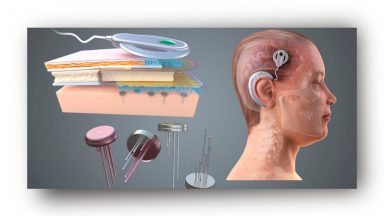
Bio/CMOS Interfaces (BCI) Laboratory
The Bio/CMOS Interfaces (BCI) Laboratory is one of the worldwide leader labs in the field of design and fabrication of biosensors-on-chip and bio-interfaces, with target on DNA and protein based arrays.
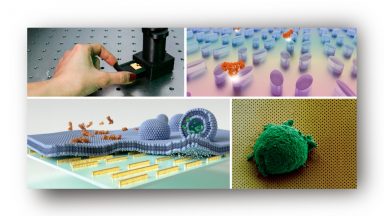
BIOnanophotonic Systems laboratory (BIOS)
At the BIOnanophotonic Systems laboratory, we develop ultra-sensitive spectroscopy and sensing technologies for real-time, label-free and high-throughput detection and analysis of very low quantities of biomolecules.
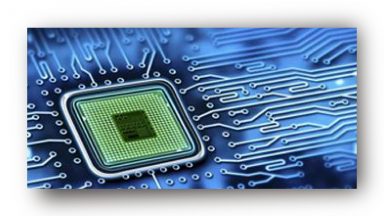
Embedded Systems Laboratory (ESL)
The ESL focuses on the definition of system-level multi-objective design methods, optimization methodologies and tools for high-performance embedded systems and nano-scale Multi-Processor System-on-Chip (MPSoC) architectures targeting the Internet-of-Things (IoT) Era.
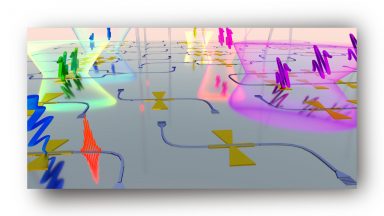
Hybrid Photonics Laboratory (HYLAB)
The Hybrid Photonics Laboratory at EPFL develops electronic-photonic chips for applications in fundamental and applied sciences. For this, we combine ultra-high speed signals in the microwaves and terahertz with optical ones inside the latest integrated photonics and metasurface technologies.
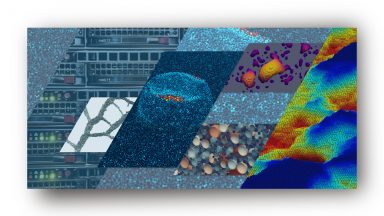
Computational Solid Mechanics Laboratory (LSMS)
Our research spans a wide range of scales, from the nanoscale (nanostructured materials, tribology) to large-scale systems (structural mechanics, earthquake science).
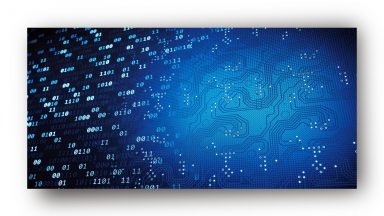
Integrated Systems Laboratory (LSI)
The LSI studies design technologies for circuits and systems. The objective is to research the interplay of hardware and software design for traditional (computation on silicon) and non-traditional (nanotechnology and quantum) systems.
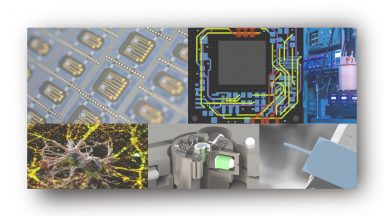
Laboratory for Bio- and Nano- Instrumentation
We are a lab at the crossroads between instrumentation, microfabrication, and nanoscale biology. Our main expertise is in scanning probe microscopy.
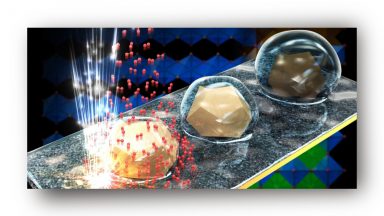
Laboratory for in situ Nanomaterials Characterization with Electrons (INE)
Our mission at INE is to understand on a fundamental level the nanoscale properties of functional materials using in situ transmission electron microscopy techniques.
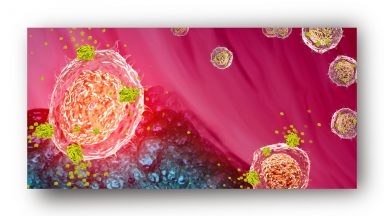
Laboratory of Biomaterials for Immunoengineering (Tang-Lab)
Our immune system is constantly defending us from many diseases through profound interactions with invaders or diseased cells. Such interactions are truly multi-dimensional, meaning that extensive biological, chemical, as well physical exchanges are involved.

Laboratory of Macromolecular and Organic Materials (LMOM)
We pursue an interdisciplinary research program at the interface of synthetic chemistry, supramolecular self-assembly, and materials science. Our research interests revolve around the intricate balance of order and disorder in materials as a tool to control structure formation on the supramolecular, nanoscopic, or microscopic length scale.
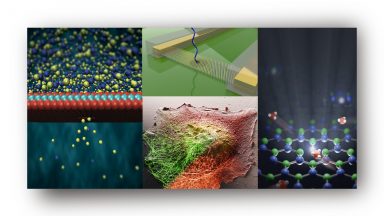
Laboratory of Nanoscale Biology (LBEN)
We are interested in using novel nanomaterials and experimental techniques to study fundamental questions in molecular and cell biology.
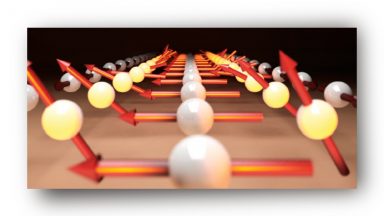
Laboratory of Nanoscale Magnetic Materials and Magnonics (LMGN)
The LMGN explores magnetic nanomaterials for applications in information technology (data processing, transmission, logic), sensing and multifunctional devices.
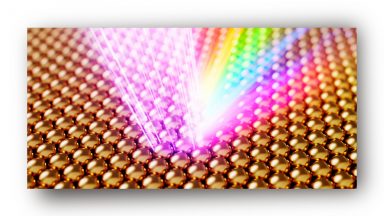
Laboratory of Nanoscience for Energy Technologies (LNET)
LNET aims at exploring innovative mechanisms and concepts for light harvesting, conversion and storage by exploiting non-equilibrium (ballistic) transport processes and by leveraging on strong light/solid/liquid coupling at the nanoscale.
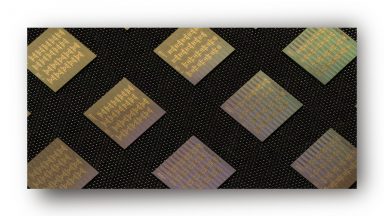
Laboratory of Photonic Integrated Circuits and Quantum Measurements (K-LAB)
The K-LAB works broadly defined, in the field of Cross-Quantum Technology, i.e. it uses quantum mechanical processes such as parametric frequency conversion or radiation pressure quantum effects in both emerging classical applications in technology, as well as fundamental quantum science and technology experiments.
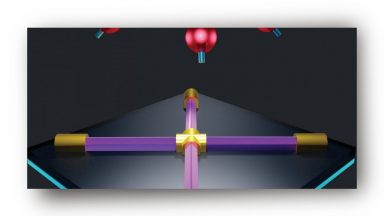
Laboratory of Semiconductor Materials (LMSC)
Our research focuses on the synthesis of novel semiconductor nanostructures and the study of their properties, aiming at two applications that will impact our society in the XXI century: quantum science and renewable energy harvesting.
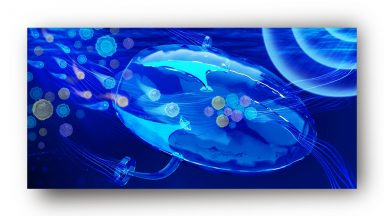
Micro BioRobotic Systems Laboratory (MICROBS)
The mission of MICROBS laboratory is to develop the science and techniques of microrobotics, where materials science and NEMS technology meet robotics creating the next generation intelligent systems operating in complex microenvironments.
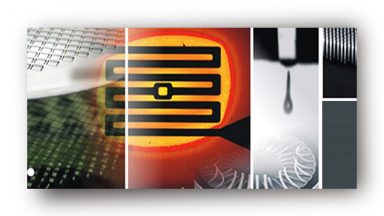
Microsystems Laboratory (LMIS1)
The laboratory’s research and education are centered around Microsystems (MEMS), Materials Science, and Nanotechnology to address engineering challenges at the mesoscopic scale.
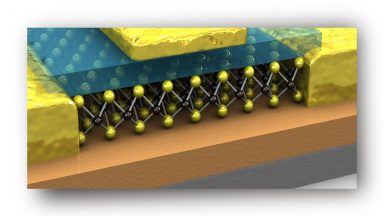
Nanoscale Electronics and structures (LANES)
We are working on nanoelectronics based on two-dimensional materials such as monolayers of transition metal dichalcogenides (MoS2, WSe2, MoSe2,..). Our group was the first to demonstrate a transistor based on a 2D semiconductor, opening the way to studying their fundamental properties and practical applications.
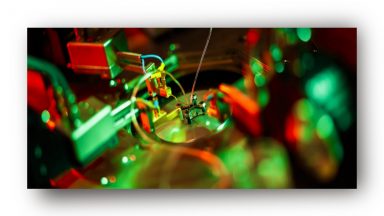
Nanoelectronic Devices Laboratory (NanoLab)
The NanoLab is working on research topics in advanced nanoelectronics, with special emphasis on the technology, design and modelling of nanoscale solid-state devices.
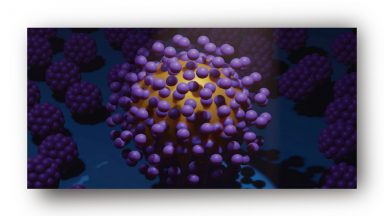
Nanophotonics and Metrology Laboratory (NAM)
Our research is at the crossroad between nanophotonics, electromagnetics and nanotechnologies, with a comprehensive approach that includes modelling, nanofabrication and optical characterization.
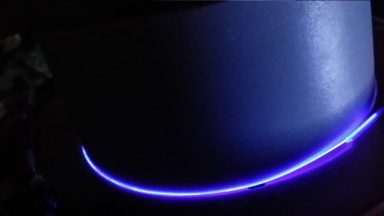
Photonic Systems Laboratory (PHOSL)
Our research topics are centered around the study of optical nonlinear processes in waveguides, such as silica step index fibers, soft-glasses microstructured fibers or integrated (CMOS fabrication process compatible) waveguides.
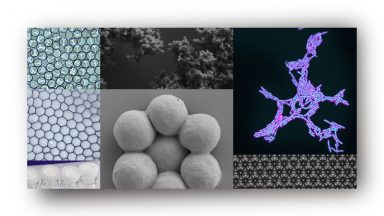
Polymers Laboratory (LP)
Our research activities are located at the interface of chemistry, biology and materials science and involve both preparative organic/polymer synthesis and characterization, structural analysis and the investigation of materials properties.

Power and Wide-band-gap Electronics Research Laboratory (POWERLab)
Our mission is to innovate semiconductor devices with nanoscale design of high-performance materials to exploit their unique properties and conceive new, drastically more efficient devices that outperform the state-of-the-art.
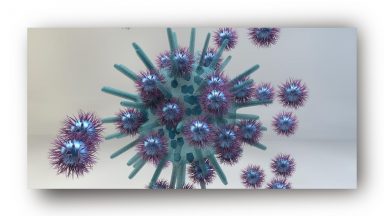
Supramolecular Nano-Materials and Interfaces Laboratory (SuNMIL)
SuNMIL is a vibrant group of researchers that combine multiple backgrounds and integrate various disciplines to create and investigate novel materials that tackle the experimental investigation of supramolecular interfaces.